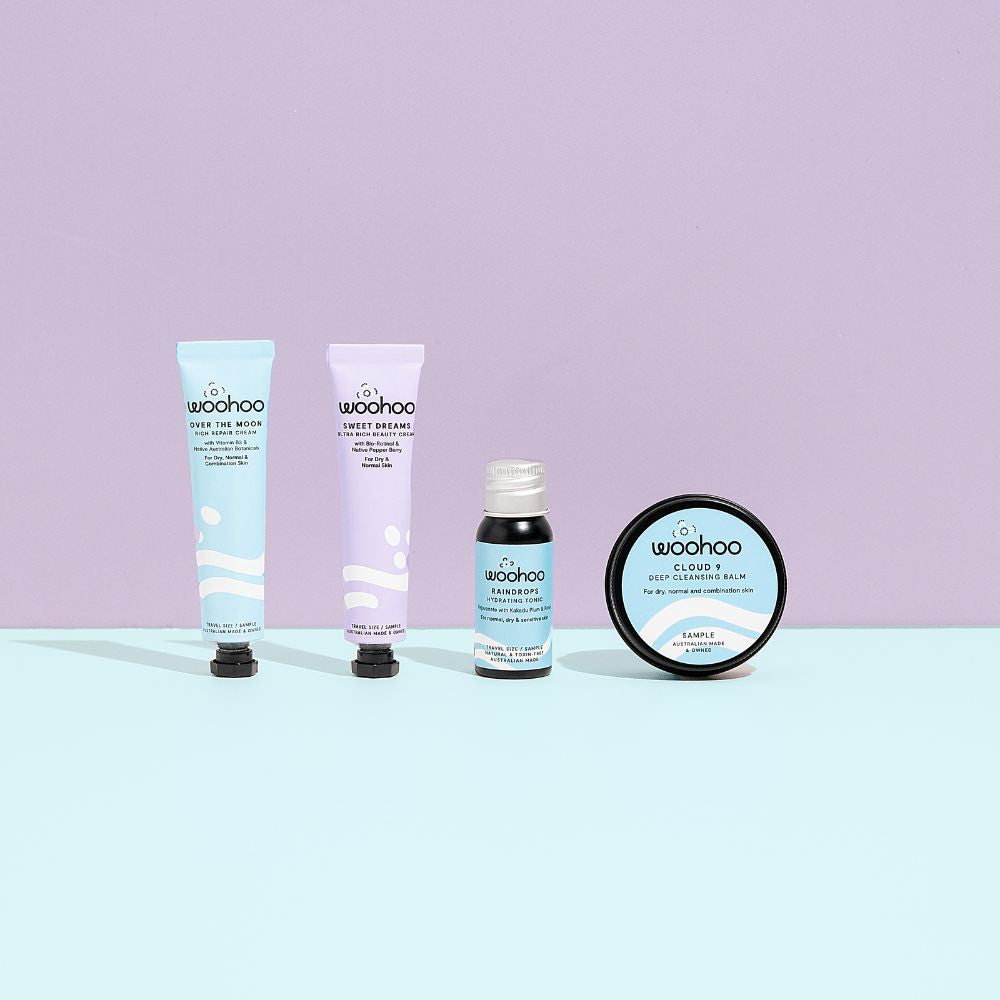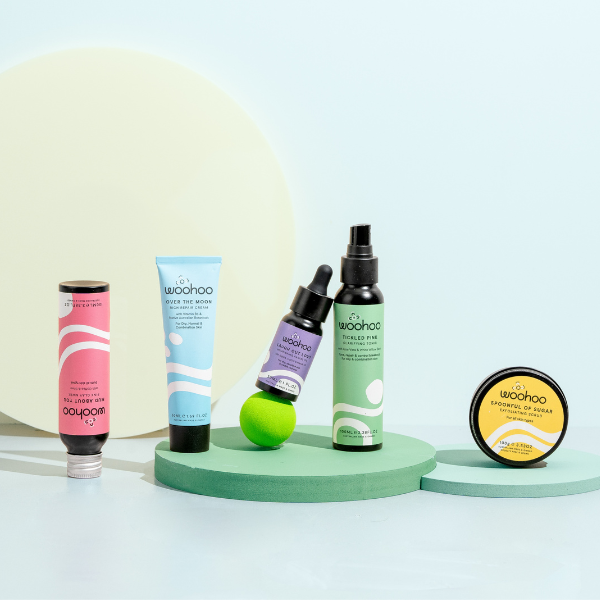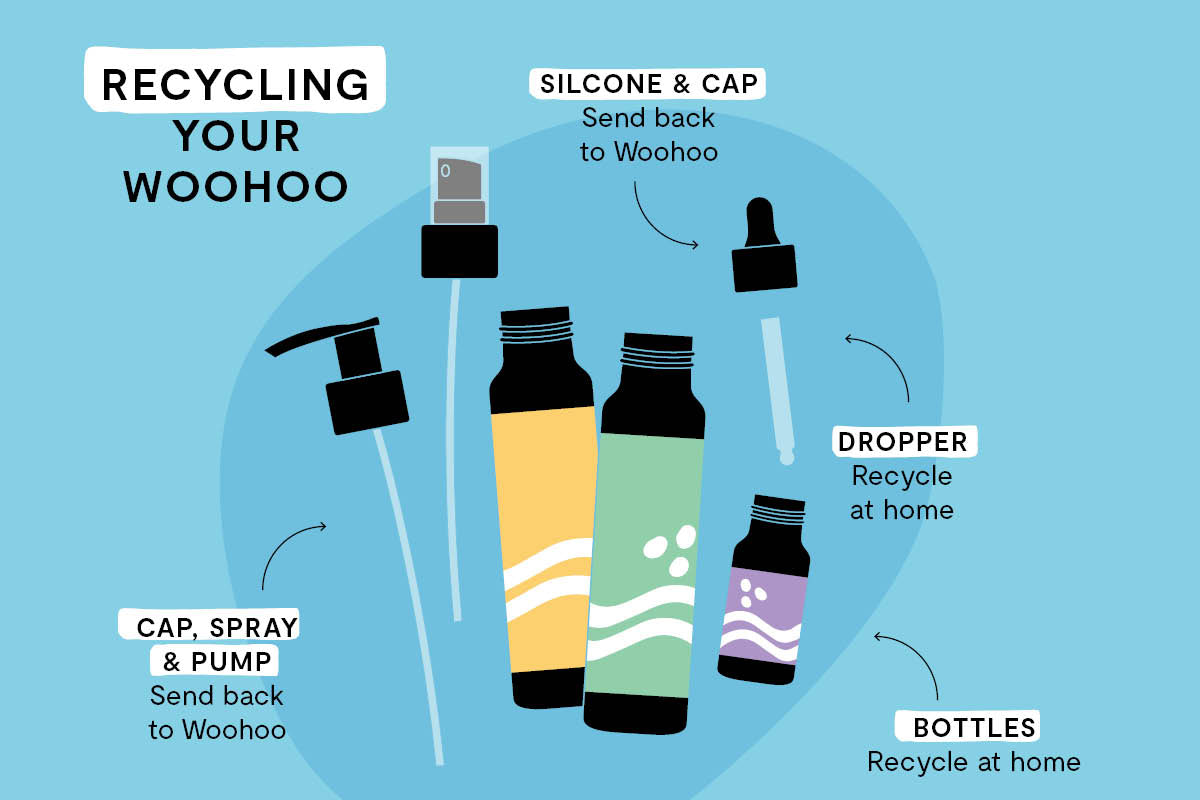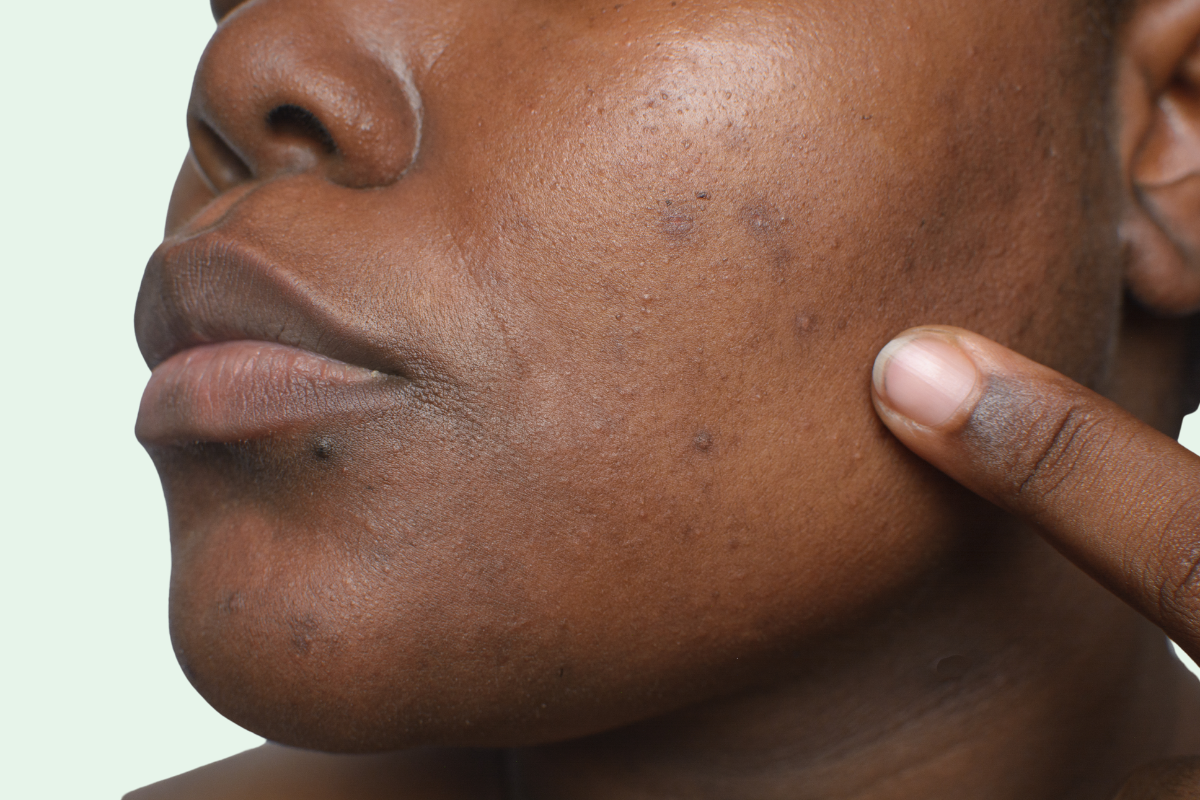When we develop new products some of the test batches came out in interesting colours. Like a yellow eye serum. Or a moisturiser with a green tinge.
These colours weren’t intentional – they were just a side-effect of some very colourful ingredients. The yellow was created by CoQ10 extract (which is a bright orange) and the green was from Virgin avocado oil (which is very very dark green).
Even with their vibrant colours, our end products were only lightly coloured. So how on earth do some products end up with vivid colours more spectacular than a rainbow?
(Hint… it’s not natural!)
The answer is artificial colours
Artificial colours are used in skincare for the same reason as why margarine is coloured yellow – to make it more appealing. Colour makes things look beautiful and companies know this. Colours have an effect on how we feel and perceive the things around us.
In skincare colours are used in very small amounts and they are deemed ok by regulatory bodies. But no one really knows the effects of topical application and the risk of long term exposure.

Why should we avoid artificial colours in skin care?
Just like old-fashioned red cordial, artificial colours should be avoided in our skincare and make up. All the pantone-perfect pinks, greens, blues, purples and reds are too good to be true.
The problem is that synthetic colours are made from coal tar or petroleum which can be contaminated with heavy metals such as lead and arsenic.
If they are used in products which are left on the skin (like moisturisers) they can be absorbed into your body.
Artificial colours also increase the risk of irritation, sensitivity, blocked pores and breakouts from your skincare.
What about the big C?
There are some studies linking artificial colours with cancer when used in food. “Blue 1” and “Red 3” are top of the list.
Other colours have links to allergies and behavioural issues such as hyperactivity.
What to look for
If you want avoid artificial colours in your moisturiser, serum, body wash, toothpaste, and hair dye then reading labels will help. Look for things like “colourant”, CI 26100, F&DC 6, Red 1, Blue 3 and Yellow 6.
Most natural and organic brands do not use synthetic colours. Instead they use pigments from plants, clays and herbs.
Woohoo Skincare is no different. We don’t add colour to any product. The pink clay in the ‘Pig In Mud’ Mask is naturally that pink 








